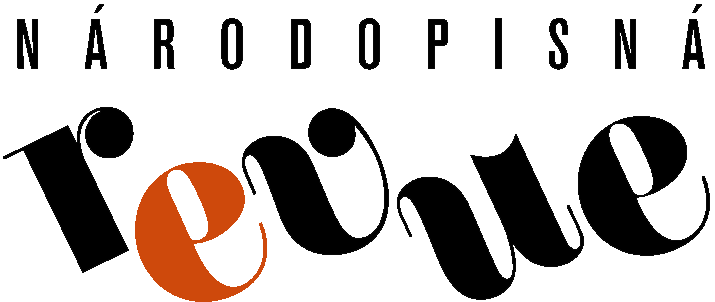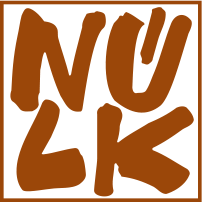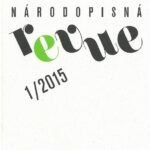Journal of Ethnology 1/2015 focuses on the theme Wedding Ceremony and Its Transformation. In her study, Jana Malecká acquaints the readers with the strategy for choosing Muslim partners and the ways of making acquaintances in the Sunni society, especially in Syria, Jordan and Palestine (Searching for Muslim Bride: from arranged marriages to Internet dating agency). Martin Soukup introduces “bride-wealth”, a wedding tradition at the Nungon ethnic group in Papua New Guinea (“Adam Did Not Pay for Eva either“: Bride-Wealth with Nungons and Its Transformation). Marta Ulrychová deals with the country wedding in the Pilsen region, comparing the Czech and the German ethnic group (Karl Poetzl’s Wedding Description, Recorded in German Communities in the Pilsen Region in the late-19th Century, in Confrontation with Manuscript Records and Czech Collector´s Studies in the Same Region). In their contribution, Juraj Hamar and Lenka Filipová introduce some actual tendencies in Slovak folklorism (Traditional Custom of Čepení in the Context of Contemporary Wedding in Slovakia). František Kašník’s contribution explains the origin of men´s folk-dress trousers in South Moravia (On Alleged Influence of the Croatians Settled in Moravia and in the Valtice-Region on Folk Culture in the Ethnographic Area of Podluží in 19th and 20th Century).
Review Section publishes Marta Šrámková’s reflections on the occasion of the 200th anniversary of birth of Matěj Mikšíček (1815–1892), a personality interested in literary folklore; Marta Toncrová’s contribution remembers one hundred and fifty years from the birth of Františka Kyselková, a folk song collector (1865–1951). Social Chronicle remembers anniversary of ethnologist Alena Kalinová (born 1955) and decease of musicologist Jan Trojan (1926–2015). Other regular columns publish reports from exhibitions, festivals, concerts, and review of new books.
Searching for Muslim Bride: from arranged marriages to Internet marriage agency
The study speaks about different strategies used for the selection of life partners, and ways how to get to know him/her in Arab Sunni society. A section is devoted to arranged marriages in the case of endogamy and exogamy whereby noticeable is the deciding influence of family members on the marriage. Through marriage not only a man and a woman but mainly two families are bonded, mutual family and ancestry bonds are strengthened and family wealth is extended. The author does not omit even individual dating strategies of girls and boys. She also pays attention to the possibilities to using the service of a paid matchmaker or the potential of Internet marriage agencies and social networks. The witnesses of informants – Sunni Muslims coming from Syria, Jordan and Palestine – constitute the major source of information.
Adam Did Not Pay for Eva Either: Bride-Wealth with Nungons and Its Transformation
The study presents a theoretical-empiric analysis of the bride-wealth with a focus on the cultures in New Guinea. In his explanation, the author describes usual features of the bride-wealth as well as relating anthropologic concepts and explanations. Special attention is paid to selected types of artefacts used as bride price in the New Guinea societies. The study thoroughly deals with the description and explanation of the bride-wealth (oretno) at the Nungon ethic group living in the Saruwaged Mountains. The author focuses especially on cultural changes that have influenced the bride-wealth in this ethnic group. This concerns mainly the impact of Christianity on the Nungon culture, and on marriage. The Nungons profess Lutheranism or Adventism. The members of both denominations however adapt a non-compatible stance against oretno, as described in detail in the study. The aim of the study is to describe the form and transformations of the bride-wealth in New Guinea on an example of the Nungon culture.
Karl Poetzl´s Wedding Description, Recorded in German Communities in the Pilsen Region in the late-19th Century, in Confrontation with Manuscript Records and Czech Collector´s Studies in the Same Region
The contribution deals with the country wedding in the so-called wider Pilsen region. The author makes accessible the manuscript Sitten und Gebräuche in Nürschan u. dessen nächster Umgebung (Customs and Habits in Nýřany and its Closest Environs) written by Karl Poetzel, a teacher in Nýřany. Based on comparison with Czech sources, one can state that the wedding ceremony in the Czech and the German communities is similar as to its basic contours, because the communities featured the same nature conditions, and therefore the same way of farming and the same relationship with all the rules for the public and the family life. These survived even though the Nýřany region changed significantly in the second half of the 19th century because of the mining industry development. While it was the language and the folk costume that were the only difference indicator in the mid-19th century, in the second half of that century the ethnic life polarized. In the 1930s, German villages in the Nýřany region were understood as a part of the so-called large Cheb region. These influenced folk ceremonies as well – under the press of ideology, instead of common features there were emphasized outside remarkable differences which in fact were less significant. The ethnic situation in the Pilsen region fundamentally changed upon the after-war expulsion of German inhabitants. While the terms “country wedding from the Pilsen region” and “Pilsen wedding” have been understood as a strong Czech phenomenon since the mid-19th century, the term “wedding ceremony in the Pilsen region” – thanks to the disclosure of German sources - must be understood in a broader context today.
Traditional Custom of Čepčenie in the Context of the Contemporary Wedding in Slovakia
Recently, we can observe an increase in traditional elements at wedding (civil or church) ceremonies and wedding parties, especially in towns and settings with active folklore ensembles in Slovakia. The contribution focuses mainly on the ritual of traditional čepčenie putting a married women´s bonnet on bride´s head in the context of the contemporary wedding in Slovakia. The authors reflect this phenomenon from the point of view of insiders and participants in this contemporary phenomenon. The traditional ritual of čepčenie with members of folklore ensembles is signed by the ensemble folklorization whereby the aesthetic and entertainment function of čepčenie is emphasized. Gradually – alongside the popularity and demand for such stage performances, there are formed organized semi-professional groups of those who offer the ritual of čepčenie as a commercial paid service, mainly through social networks and the Internet. Despite the conversion of the original ceremonial function of čepčenie into the aesthetic and entertainment function, this phenomenon is an important step towards the protection and promotion of intangible cultural heritage.
On Alleged Influence of the Croatians Settled in South Moravia and the Austrian Valticko-Region on Folk Culture in the Ethnographic Area of Podluží in the 19th and 20th Century
The contribution deals with the Croatian population settled in South Moravia and Lesser Austria (Valticko region) at the time of Turkish incursions of the 16th century. In Moravia, the Croatians found their home in the villages of Jevišovka (former Frélichov, Frjélištorf), Dobré Pole (former Gutfjeld) and Nový Přerov (former Nova Prerava), in the environs of which only German inhabitants lived. Another group was settled 25 km further to the east, in the villages of Hlohovec, Charvátská Nová Ves and Poštorná, in the immediate neighbourhood of Czech-speaking inhabitants. In connection with national movement, Czech intellectuals critically evaluated the efforts of Austria to Germanize the Slavonic inhabitants living in the Empire, e.g. even the Croatians settled in the Valticko region. It was opened the issue of influence of the settled Croatians on folk culture in South Moravia (the ethnographic area of Podluží), in particular on men´s folk dress. A lot of ethnographers gave their opinion that Czech inhabitants took over some expressions of folk culture from the Croatians. Red trousers typical for men´s folk dress in the ethnographic area of Podluží since the mid-19th century until now are one of such examples. The author summarizes literature as well as written and iconographic sources concerning the above theme, showing that it was uniforms of Hungarian army and nobility that was a real model.



